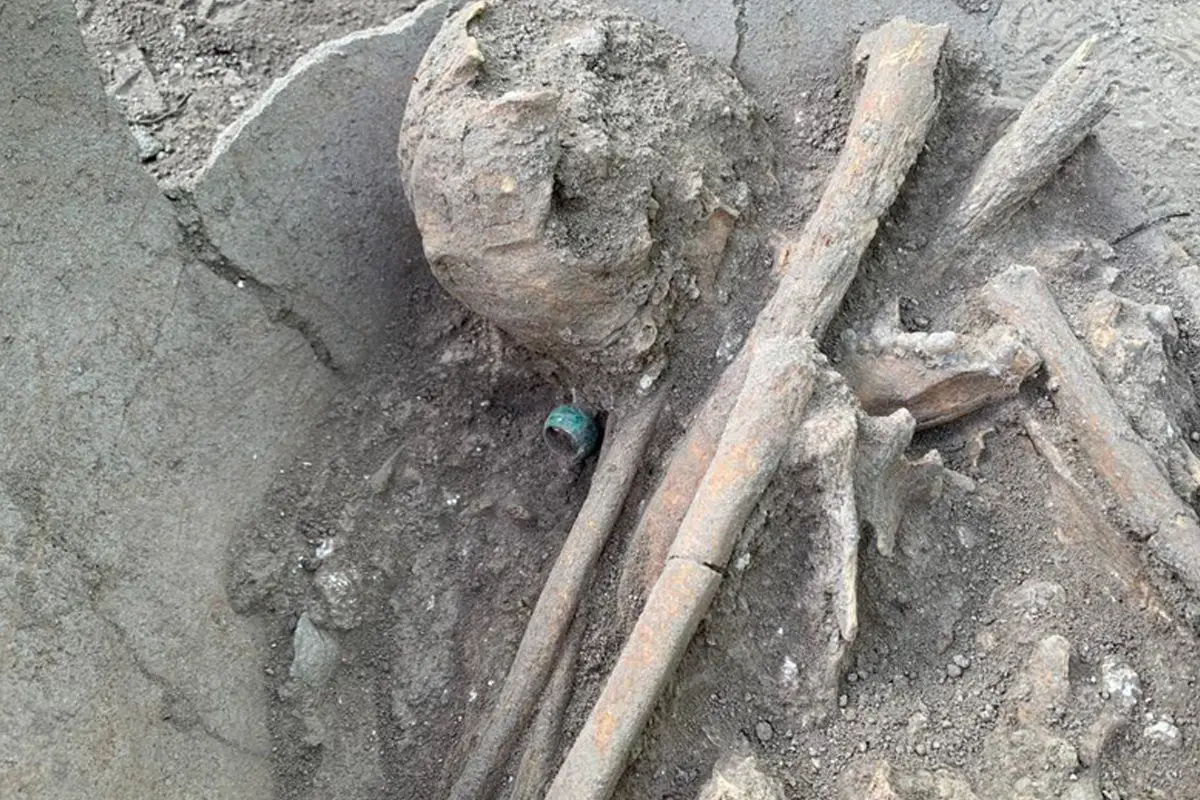Archaeologists from the National Institute of Anthropology and History (INAH) have uncovered a Maya burial containing the remains of a human sacrifice with a jade ring.
The discovery was made during excavations in the Maya city of El Tigre, also known as Itzamkanac (meaning “the place of the lizard serpent”), which is located in the Mexican state of Cameche near the Rio Candelaria.
El Tigre was first inhabited during the Middle Preclassic (600 – 300 BC) until around AD 1557 following the Spanish conquest. The city served as the polity of the Acalán Maya, a subgroup of the Chontal Maya or the Putún Maya.
According to some historians, El Tigre was the location where Cuauhtémoc, the last free ruler of the Aztec Empire, was executed on the orders of Hernán Cortés.

Recent excavations at platform 1E, located to the west of the main pyramid temple, have revealed the remains of a human funerary offering placed in a ceramic vessel as part of a ritual deposit alongside other large vessels and ceramic bowls.
An examination of the skeleton indicates that it was a young adolescent placed in a flexed position, who was sacrificed and buried sometime during the Late Classic Period (AD 600 – 800) while still wearing a jade ring.
Jade was a rare and valued material in pre-Columbian Mesoamerica. This meant that Jade was largely an elite good and highly symbolic beyond its material worth. Jade was associated with the sun and the wind, but it was also symbolically associated with life and death, and therefore possessed high religious and spiritual importance during ceremonies.
Excavations at El Tigre were conducted as part of the Mayan Train Project for the Improvement of Archaeological Zones by the Ministry of Culture of the Government of Mexico.
Header Image Credit : INAH Campeche





